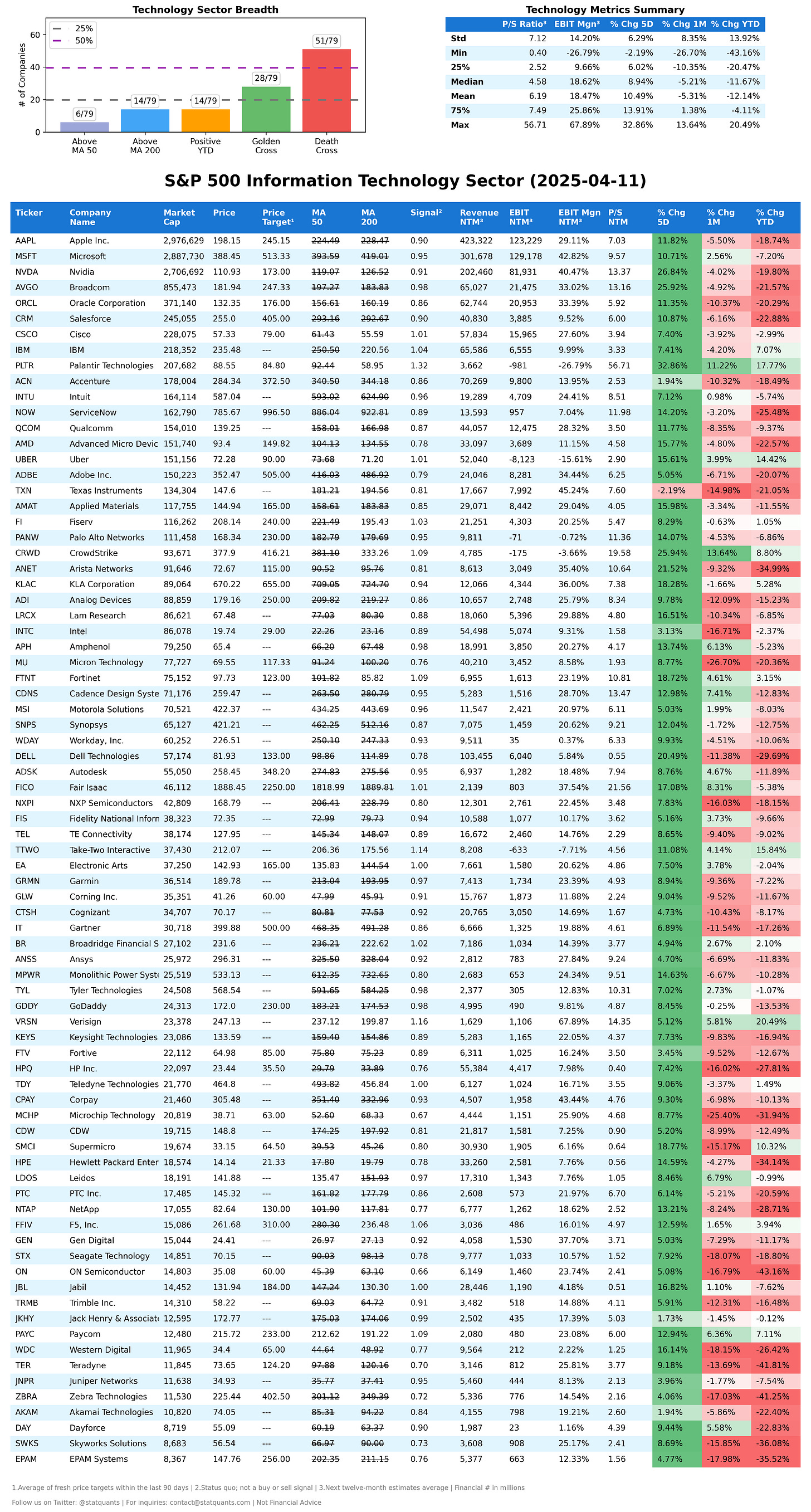S&P 500 Volatility Outpaces Bitcoin in a Market Gripped by Uncertainty
High Volatility Opens the Door for Strategic Positioning
S&P 500 Acts Like a Meme Stock as Volatility Surges; Gold is the Safe Haven, Bitcoin Flat
The S&P 500’s price action resembled that of a meme stock last week, marked by sharp intraday swings, sentiment and headline driven moves. In contrast, gold quietly continued to behave like a traditional safe haven, while Bitcoin remained relatively unchanged, surprising many amid the broader market turbulence.
As we highlighted last week, the market was coiling for a directional move. It delivered. The S&P 500 posted its largest one-day gain since 2008—an almost 10% surge on Wednesday alone. While we were anticipating a significant bounce, the speed and magnitude—roughly three hours to gain nearly 10%—exceeded even our most bullish expectations. We unwound hedges around the 8% mark, admittedly a bit too early.
In this high-volatility environment, “do something” continues to be a viable strategy, but positioning depends heavily on your time horizon. If you're long-term bullish, consider selling straddles near the 5800+ level to take advantage of inflated premiums. If you're bearish, the time to sell straddles at lower strikes is during sharp rallies. Either way, the market appears to be offering a 700–1000 point buffer minimum, depending on your horizon.
Cautious Outlook Despite Rally
Despite last week’s face-ripping rally, we maintain a cautious stance through the rest of the year—unless Q2 earnings and forward guidance come in materially stronger than expectations set in January 2025. Since early January, analysts have cut about 26% of projected earnings, not as a downward revision but due to disappearing visibility. A growing number of companies have suspended forward guidance, leaving analysts flying blind.
We remain skeptical that short-term policy flip-flops—such as reversals on tariffs or dovish tones from the Fed—can sustain a rally on their own. Stocks began sliding in mid-February, well before April’s tariff announcements, and the Fed's presence has been constant throughout. Unless the central bank commits to large-scale asset purchases again, rate cuts alone are unlikely to justify aggressive long positioning.
To put recent moves in perspective:
On 10/13/2008, the S&P 500 surged 11.58%
On 10/28/2008, it gained 10.79%
Both of those spikes occurred during the heart of the financial crisis and were followed by further steep declines. Massive rallies in bear markets aren't always signs of recovery—they're often signs of extreme stress.
In contrast, the pandemic-era bottom came on 03/24/2020, when the S&P jumped 9.38%. That move marked a true turning point, backed by the Federal Reserve’s full-scale intervention—unlimited QE, direct bond and ETF purchases, and sweeping fiscal support.
We're not at that kind of inflection point today. The Fed has been signaling it could cut when needed, but without a “bazooka” moment, it's unclear whether the recent rally has staying power or is just another reflexive bounce.
Watch the 10-Year Yield and the Dollar
One of the most telling market signals this past week was the divergence between the long end of the Treasury curve and the U.S. dollar. Yields ripped higher while the dollar index fell sharply—something typically reserved for financial crises like 2008. It points to investors dumping what are traditionally the world’s safest assets, selling dollars to bring money home. Or losing confidence in the US is another way to interpret it.
This bond market stress likely influenced President Trump and Treasury Secretary Bessent to soften their stance and walk back recent aggressive narratives. But credibility isn’t something that can be restored overnight—especially when the policy messaging flip-flops daily.
Big Swings = Big Economic Consequences
The United States’ long-standing appeal as the world’s most stable financial market is built on consistency and predictability. That appeal erodes when the S&P 500 swings 5% a day—levels not even commonly seen in the emerging markets for a long period of time.
Volatility also has second-order effects. Many senior executives borrow against their stock portfolios instead of selling shares. Large drawdowns can trigger margin calls, forcing liquidation. Consider Elon Musk, who pledged a significant portion of his Tesla shares during the Twitter acquisition. Although xAI has since taken over Twitter (now x.com), eliminating some of that risk, similar situations across the corporate world can reduce capital availability and suppress high-end consumer spending.
Structural Concerns Beyond the Stock Market
Looking further out, we're increasingly concerned about the erosion of U.S. credibility on the global stage. Our commitments—whether strategic or economic—now appear highly contingent on election cycles, undermining trust and consistency. Rapid U-turns on high-profile policies not only weaken our negotiating position but also expose key pressure points to our rivals.
With the Treasury General Account (TGA) needing replenishment and over $7+ trillion in debt refinancing coming due later this year, market confidence is critical. Yield stability and investor trust cannot be taken for granted when the U.S. is this dependent on rolling and issuing new debt. If investor trust continues to erode, the cost of capital will rise materially, and the Fed may find itself forced into action—again, not by choice, but by necessity. Sometimes, the Fed can’t be the solution to every problem.
Earnings This Week
For the week of April 14, 2025, notable earnings releases for companies with a market cap above $2 billion include:
2025-04-14: AM GS 0.00%↑ MTB 0.00%↑ PSNY 0.00%↑
2025-04-14: PM PNFP 0.00%↑
2025-04-15: AM JNJ 0.00%↑ BAC 0.00%↑ C 0.00%↑ PNC 0.00%↑ AMX 0.00%↑
2025-04-15: PM IBKR 0.00%↑ UAL 0.00%↑ OMC 0.00%↑ JBHT 0.00%↑ HWC 0.00%↑
2025-04-16: AM ASML 0.00%↑ ABT 0.00%↑ PLD 0.00%↑ USB 0.00%↑ KMI 0.00%↑
2025-04-16: PM CSX 0.00%↑ REXR 0.00%↑ AA 0.00%↑ FR 0.00%↑ SNV 0.00%↑
2025-04-17: AM TSM 0.00%↑ UNH 0.00%↑ AXP 0.00%↑ BX 0.00%↑ MMC 0.00%↑
2025-04-17: PM NFLX 0.00%↑ INDB 0.00%↑
2025-04-18: AM HDB 0.00%↑
To add this FREE shared calendar, visit https://bit.ly/3ANoPtZ and click the ➕ "+" sign in the lower right corner. For iPhone, iPad, or any CalDAV device, don’t forget to enable iOS sync via https://calendar.google.com/calendar/u/0/syncselect




















